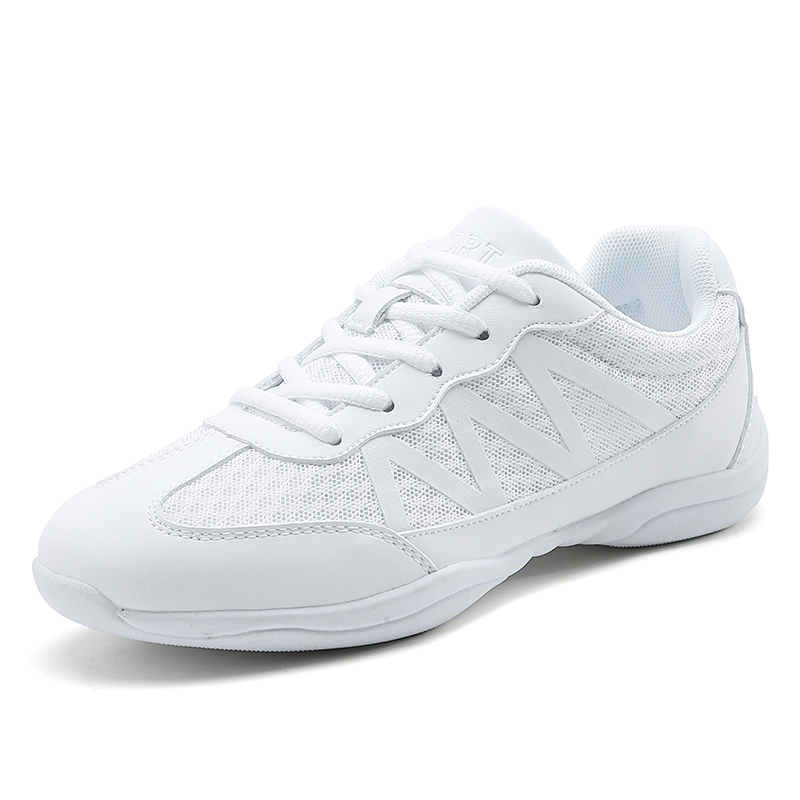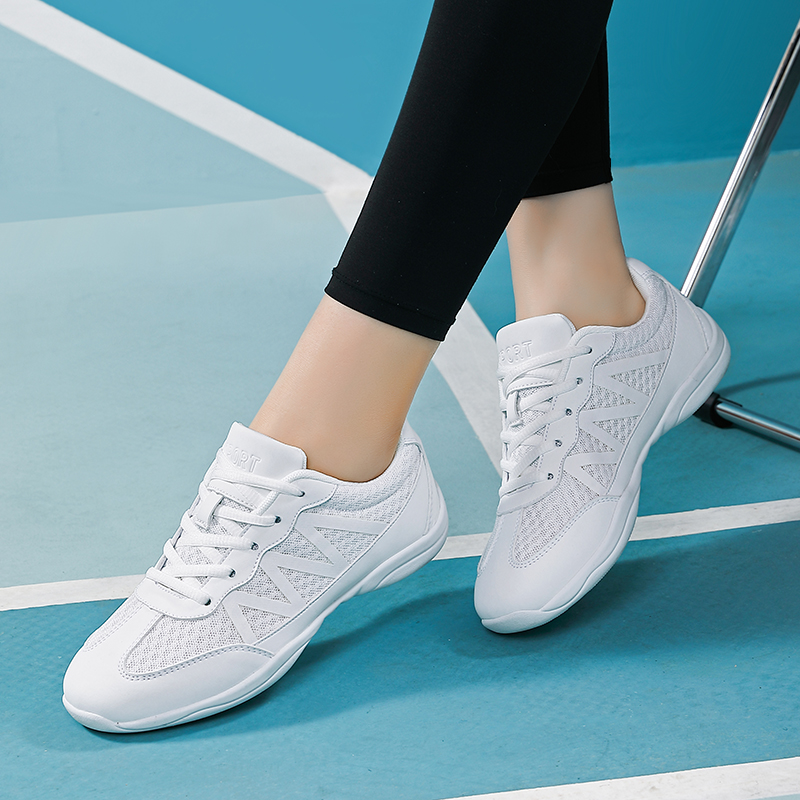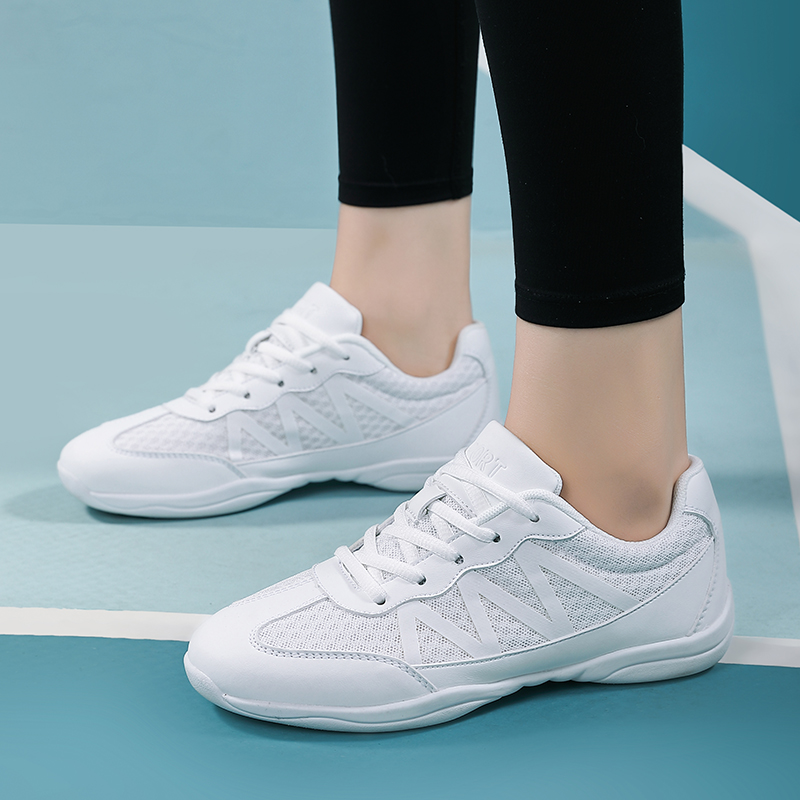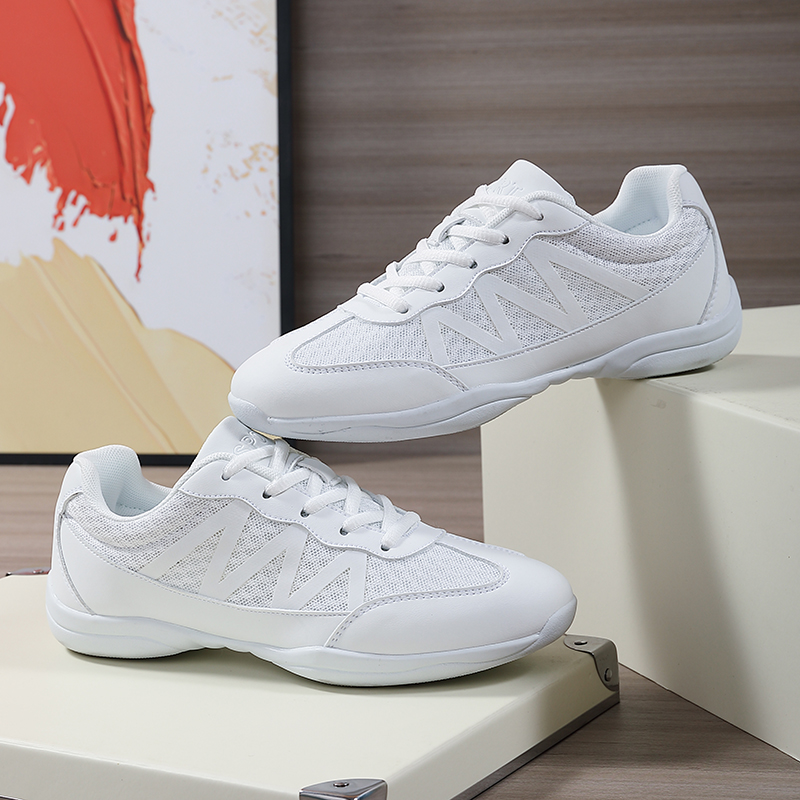Introduction to Running Shoes for Beginners
Embarking on a running journey starts with the right footwear. It’s crucial for beginners to pick shoes that will support their feet and make their experience enjoyable. The best running shoes for beginners provide comfort, support, and durability. When starting out, the plethora of options might seem overwhelming. But, the right pair can make a difference in preventing injuries and improving performance. In this guide, we’ll take beginners through the essentials of choosing their first pair of running shoes. We will cover the importance of fit, the different types available, and key features to consider. Also, we’ll discuss how to identify your foot type and gait, as they are important factors in the selection process. Lastly, we will provide some top recommendations and tips for trying on and testing running shoes to ensure a perfect match.

The Importance of Proper Fit
Choosing the best running shoes for beginners starts with getting the right fit. A proper fit is crucial because it ensures comfort during a run and reduces the risk of blisters and other foot injuries. Here’s what beginners should focus on to ensure their running shoes fit properly:
- Size Matters: Always measure your feet when shopping for running shoes. Sizes can vary between brands.
- Leave Room: Allow about a thumb’s width of space between your longest toe and the end of the shoe. This provides room for your foot to expand during a run.
- Width is Key: Ensure the shoe is wide enough for your foot. It should feel snug but not constricting.
- Heel Fit: The heel should fit securely without slipping. This prevents blisters and maintains stability.
- Lacing Technique: Laces should help create a secure, adjustable fit. They shouldn’t cause pressure on the top of your foot.
By focusing on these areas, beginners can find running shoes that provide the best fit. This is the first step in ensuring a positive and injury-free running experience. Remember, even the best running shoes for beginners won’t help if they don’t fit correctly.
Understanding Different Types of Running Shoes
Navigating the world of running shoes can be tricky for beginners. It’s vital to know that not all running shoes suit every runner. There are a few main types that cater to different needs. Here we will break down the different categories.
- Road Running Shoes: These are for pavement and occasional forays onto packed surfaces. They’re flexible and light, designed to cushion or stabilize feet during repetitive strides on hard, even surfaces.
- Trail Running Shoes: If off-road routes like forests or hills are your choice, these are for you. They have a sturdy build and offer enhanced traction on uneven terrain.
- Cross Training Shoes: Ideal for gym or cross-training workouts, these can be a good option for runners who also engage in other forms of exercise.
Each type has variations that provide different levels of support and cushioning. We recommend that beginners start with a versatile type of road running shoe as they learn more about their preferences. Remember, the best running shoes for beginners are ones that match their specific activities and provide comfort and support.
Key Features to Look For
When selecting the best running shoes for beginners, several features stand out. These features ensure the shoes can support your running without causing discomfort or injury. Here are key features to look for:
- Cushioning: This absorbs impact and provides comfort. Look for shoes with good cushioning in the midsole.
- Support: Arch support is crucial, especially for those with flat feet or high arches.
- Flexibility: Your shoes should bend and flex with your foot. This is important for a natural stride.
- Breathability: Shoes with breathable material keep feet cool and reduce sweat.
- Durability: A durable outsole will withstand miles of running and provide good traction.
- Weight: Lightweight shoes won’t hold you back or tire your feet quickly.
Choosing a shoe with these features helps ensure that you’re starting your running journey with the best possible gear. Keep these points in mind and you’ll be set for success.

How to Determine Your Foot Type and Gait
Determining your foot type and gait is vital in selecting the best running shoes for beginners. Here’s how to identify them:
- Wet Test: Perform a wet test to reveal your arch type. Wet your foot, step on a paper bag or cardboard, and observe the imprint. If you see a full imprint, you likely have a low arch. A partial imprint typically indicates a normal arch, and a slim imprint or none at all may signal a high arch.
- Gait Analysis: Watch how you walk or run to assess your gait. Look for patterns like overpronation, where the foot rolls inward excessively, or supination, where it rolls outward. A neutral gait is when the foot maintains a straight alignment.
- Professional Assessment: Consider getting a professional gait analysis at a specialty running store. Experts there can identify your foot type and gait more precisely.
Understanding these aspects helps ensure that you get a shoe that provides the right support and cushioning for your individual needs. Selecting the best running shoes for beginners becomes easier with this knowledge.
Top Recommended Running Shoes for Beginners
Selecting the perfect pair is essential for a beginner’s running journey. Keep it simple with these top recommended running shoes for beginners:
- Budget-Friendly: A cost-effective choice that doesn’t skimp on quality is key. Look for brands known for durability and support.
- Cushioning: Shoes with excellent cushioning protect your joints on impact. This is especially important when you’re just starting out.
- Support for Your Arch: Whether you have flat feet, high arches, or neutral arches, make sure the shoe offers suitable support.
- Versatility: A good beginner’s shoe should be versatile enough for various surfaces and distances.
- Positive Reviews: Seek out shoes with high ratings and positive feedback from other beginners.
- Expert Recommendations: Consider options that have been tested and recommended by running experts.
For specific models, shops often have staff picks or beginner favorites. Ask for the best sellers for new runners. After figuring out your foot type and gait, choices like the Nike Pegasus or Brooks Ghost might pop up. They offer cushioning, support, and are well-reviewed by both experts and users. Each foot is unique, so what works for one beginner might not be the best for another. It’s important to try a few different pairs to see what feels right for you.

Tips for Trying on and Testing Running Shoes
When seeking the best running shoes for beginners, the try-on process is as crucial as the selection itself. Here’s how to effectively try on and test running shoes to ensure they’re the right fit for you:
- Shop Later in the Day: Feet swell throughout the day. Shop in the afternoon or evening for a fit that accommodates this natural expansion.
- Wear the Right Socks: Bring the socks you’ll run in. This ensures the fit you experience is the fit you’ll have while running.
- Take Your Time: Don’t rush the process. Walk around the store, and if possible, find a place to jog a few steps.
- Check for Pressure Points: As you move, notice any areas where the shoe rubs or feels tight. These could lead to discomfort on a run.
- Test on Similar Surfaces: If you can, test the shoes on a surface similar to where you’ll be running. Some stores have treadmills or indoor tracks for this purpose.
- Focus on Comfort: Comfort is king. A shoe that feels good from the start is likely to remain comfortable on a run.
- Listen to Your Feet: Your feet will tell you if the shoe is right. Trust your own comfort over style or trends.
Remember, a little effort in finding the best running shoes for beginners can save you from discomfort and injury in the long run. With these tips, you’re on your way to enjoying your runs in shoes that feel like they were made just for you.
Maintaining Your Running Shoes
Caring for your running shoes is essential to maximize their lifespan and performance. Here’s how you can keep them in top shape:
- Keep Them Clean: Regularly brush off dirt and debris. If they’re very dirty, wash them gently by hand with mild soap and water. Avoid putting them in the washing machine as it can damage the shoes.
- Dry Properly: Never toss them in the dryer. Remove the insole and let both dry naturally away from direct heat, which can warp the shape of your shoes.
- Rotate Pairs: If possible, switch between two pairs of running shoes. This allows each pair to rest and regain its cushioning between runs.
- Store Correctly: Place your running shoes in a cool, dry place. Don’t leave them in a hot car or in direct sunlight, as extreme temperatures can harm the materials.
- Use Only for Running: Reserve your best running shoes for beginners exclusively for runs. Using them for other activities can wear them out faster.
- Check for Wear: Regularly inspect your running shoes for signs of wear, especially in the outsole and cushioning areas. If they’re worn out, it’s time for a new pair.
Following these simple steps can ensure your running shoes provide the best support and comfort for longer. Treat them right, and they’ll help you go the distance on your running adventure.
